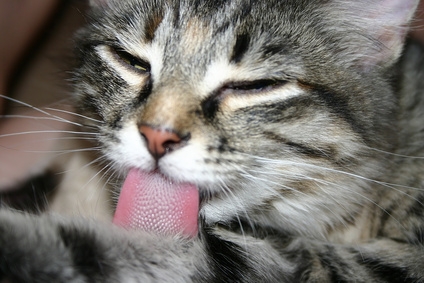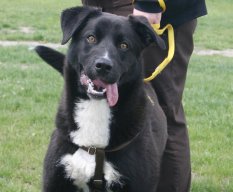Hermit crabs make an unusual and very interesting classroom pet. But dont let the hermit crabs name fool you they are not hermits but prefer the company of other hermies to be at their happiest. In the wild, hermit crabs travel in packs of up to 100 crabs. One of the reasons hermit crabs need to be around other crabs is because it provides possibilities for new homes as they switch shells.
The best habitat for your classroom hermit crabs is a spacious aquarium big enough to hold food and water dishes, extra shells and things for your crabs to climb on. There should also be some open space for roaming. The bottom of the habitat should be covered with clean sand or coconut fiber substrate.
Hermit crabs are a great addition to your science curriculum. These crabs require their water to be treated with a dechlorinizer that can easily be purchased in the aquarium section of your pet supply store. A sponge or small stones can be added to the water dish so that smaller crabs dont drown in the dish. Hermit crabs require consistent temperatures and humidity, so you may want to add a shallow dish of water with a natural sponge in it to create a more humid habitat. You can actually purchase a humidity gauge, which should always show at least 70% humidity.
Cholla wood, coral, and specially designed elements for hermit crab habitats are all needed to provide an enjoyable and interesting habitat for your crabs.
Hermit crabs can have different personalities, which is another great reason to have more than one crab in your classroom habitat. Some will be more outgoing and curious than others. To hold a hermit crab, put the crab in the palm of your hand and keep your palm flattened so the crab cant grab onto it. The warmth of your hand can encourage them to come out of their shell. You can also mist the crab lightly with dechlorinized water, but dont overdo it!
Its interesting to watch crabs interact with each other. Crabs can fight over shells, and you will know if things are escalating if you hear the crabs chirping. Crabs will push and climb over each other, and wave their feelers at each other.
Crabs also like to choose their own shell to live in, so be sure that you provide them with choices as they grow. Shells should be cleaned with boiling water before being put into the crab habitat. Crabs dont just change shells, and if you see your crab digging a lot, it might mean that he is ready to molt. When the crab is ready to shed his skin, its important to have a special isolation tank ready so the newly molted crab is safe and sound.
Hermit crabs are fascinating pets and there is a lot to learn about these amazing little creatures. http://hermit-crabs.com has a variety of informative articles on how to keep classroom hermit crabs thriving and providing learning opportunities for your students.
We know many school teachers have very limited resources for the support of classroom animals. Thats why the Pet Care Trust is sponsoring a grant program to help teachers support pets in the classroom through direct, no-hassle grants. You can obtain a grant or coupon for the purchase of new pets, pet environments or pet food and supplies for existing classroom pets-even hermit crabs! Go to www.petsintheclassroom.com for more information.

 Beach Etiquette for Dog Owners
On a hot summ
Beach Etiquette for Dog Owners
On a hot summ
 How to Care for Dissolvable Stitches After Spaying a Pet
How to Care for Dissolvable Stitches After Spa
How to Care for Dissolvable Stitches After Spaying a Pet
How to Care for Dissolvable Stitches After Spa
 Top 10 Tips to Ensure Pet Sitting Satisfaction
Whether its s
Top 10 Tips to Ensure Pet Sitting Satisfaction
Whether its s
 How to Take Care of a Bird
How to Take Care of a Bird
How to Take
How to Take Care of a Bird
How to Take Care of a Bird
How to Take
 The Dangers of Human Medications
Dogs and cats
The Dangers of Human Medications
Dogs and cats